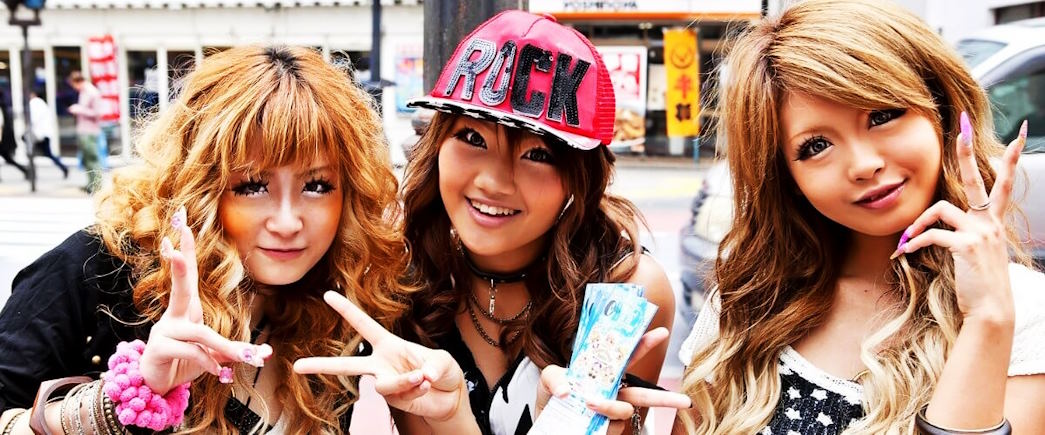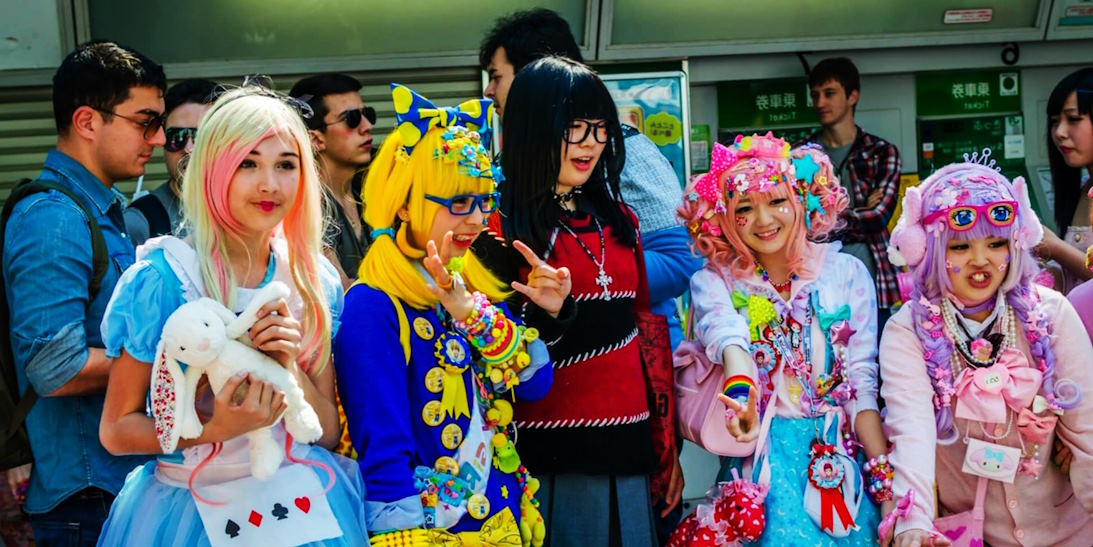Media’s Role in Popularizing Ganguro: Impact, Portrayal, and Controversies
Ganguro, a unique and unconventional fashion subculture that originated in Japan in the late 1990s, gained widespread attention and popularity largely due to its portrayal in the media. From magazines to television, various forms of media played a significant role in popularizing and shaping Ganguro’s perception.
Media’s Role in Popularizing Ganguro
Magazines and television played a crucial role in popularizing Ganguro by showcasing its distinctive style and subversive aesthetics to a broader audience. Fashion magazines such as Egg and Non-no featured Ganguro fashion spreads, highlighting the trend’s bold makeup, colorful fashion choices, and tanned skin. These publications served as a platform for Ganguro individuals to express themselves and gain recognition within the fashion community.
Television programs, particularly variety shows and talk shows, also played a significant role in promoting Ganguro to a mainstream audience. Ganguro fashion models and enthusiasts were often invited to appear on these shows, where they discussed their style choices and shared insights into the subculture’s values and ideals. Through these media appearances, Ganguro gained visibility and captured the imagination of a wider audience, leading to its emergence as a cultural phenomenon.

Impact of Ganguro on Pop Culture
Ganguro’s portrayal in the media profoundly impacted pop culture, influencing fashion trends, beauty standards, and societal perceptions of beauty. Ganguro’s bold and unconventional style challenged traditional notions of beauty, encouraging individuals to embrace uniqueness and self-expression. Ganguro’s influence extended beyond fashion, inspiring music, art, and entertainment, leaving a lasting imprint on Japanese pop culture.
In addition, Ganguro’s visibility in the media sparked curiosity and fascination among international audiences, leading to its adoption and reinterpretation in various global contexts. The subculture’s embrace of individuality and non-conformity resonated with young people worldwide, inspiring similar fashion movements and subcultures in different cultural contexts.
Controversies and Debates
Despite its popularity, Ganguro’s representation in the media was not without controversy. Critics argued that the portrayal of Ganguro in the media perpetuated negative stereotypes and reinforced racialized perceptions of beauty. The emphasis on deeply tanned skin and bleached hair led to accusations of cultural appropriation and exoticization, particularly when Ganguro individuals were depicted as caricatures or objects of fascination.
Furthermore, Ganguro’s portrayal in the media was often sensationalized and oversimplified, reducing the subculture to a mere fashion trend devoid of its cultural significance and social commentary. This lack of nuance and understanding contributed to misunderstandings and misinterpretations of Ganguro, fueling debates about its authenticity and legitimacy as a cultural movement.

